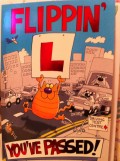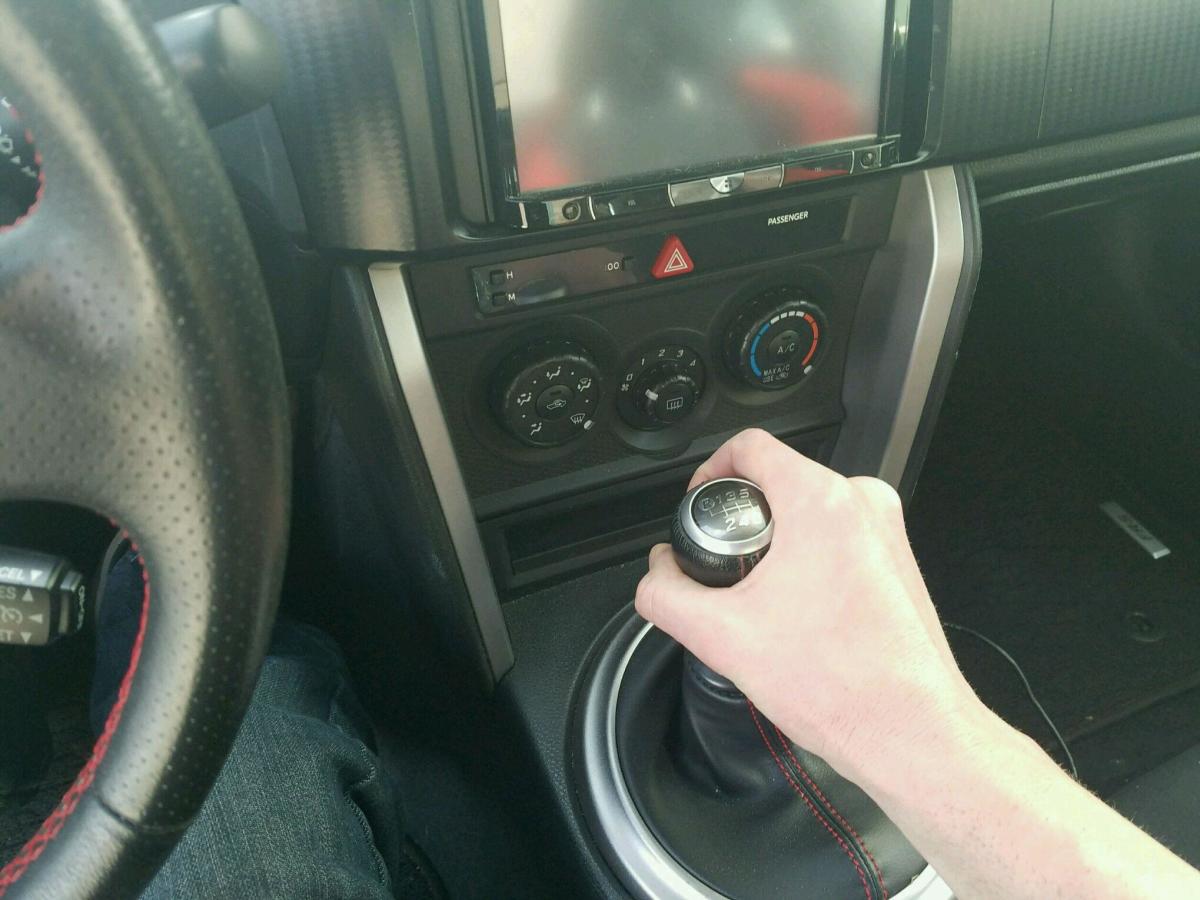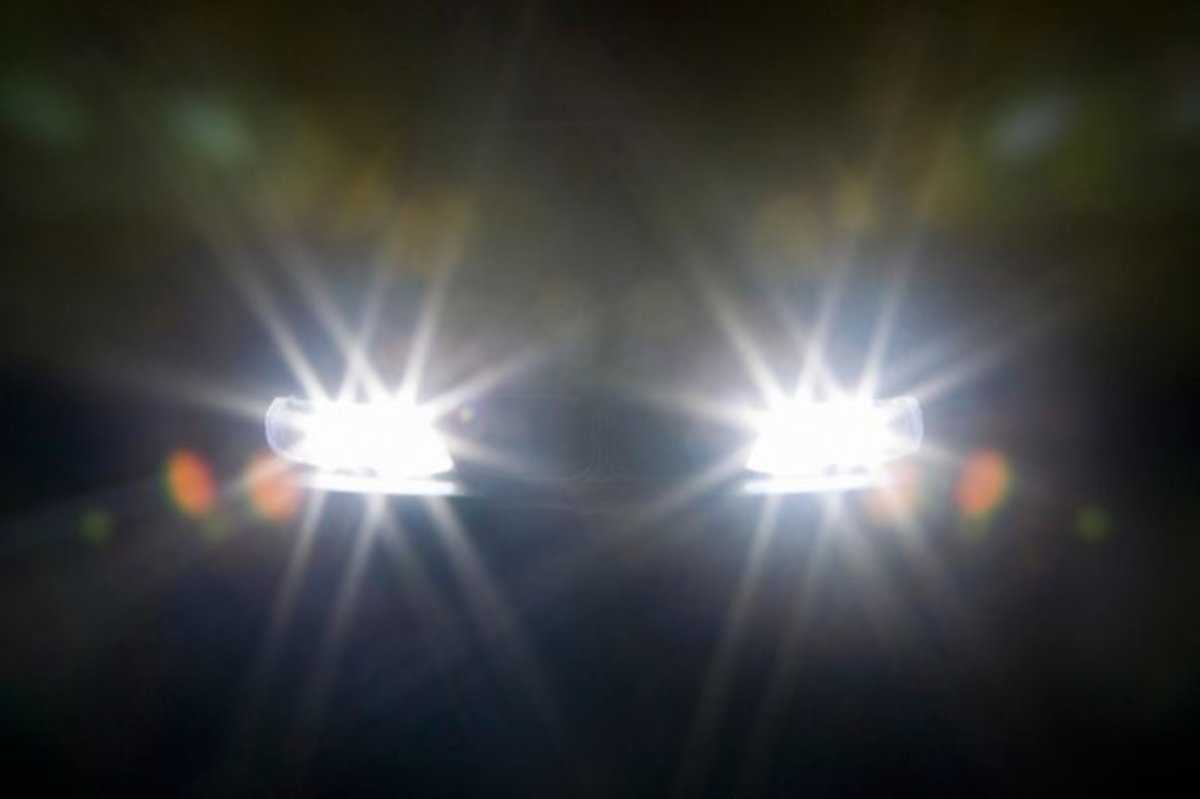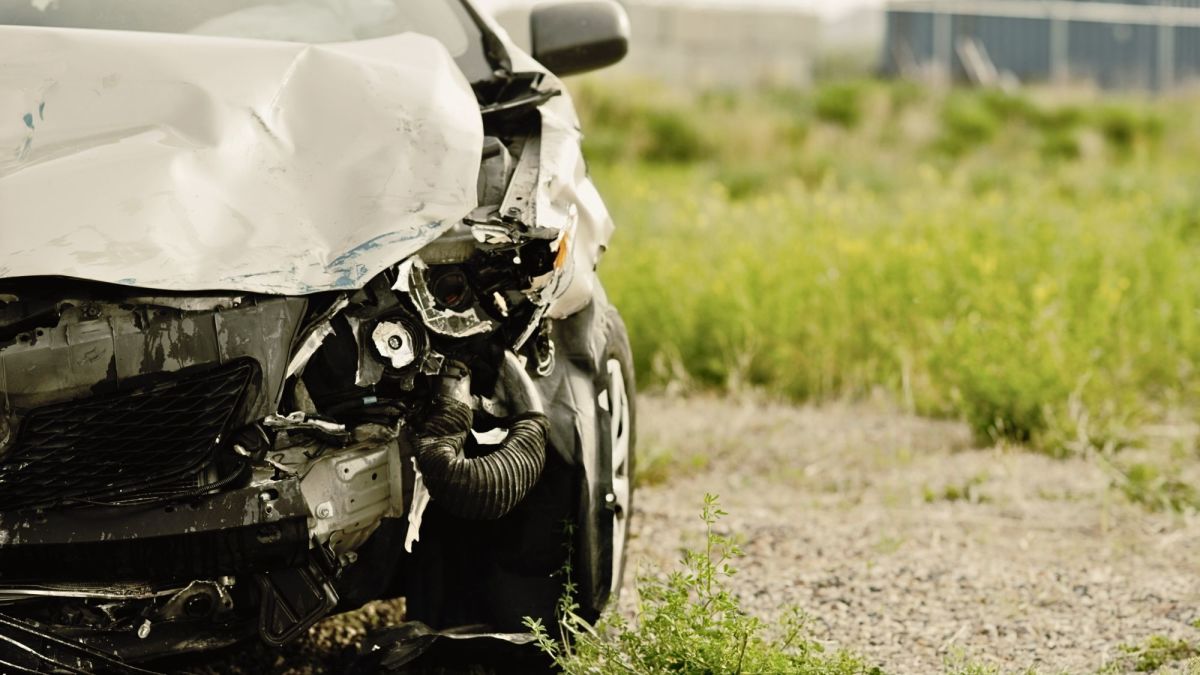Physics Behind Driving Economically
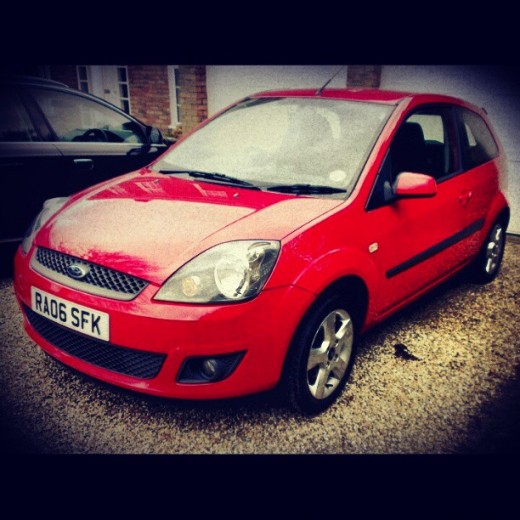
In modern times with money being tight and fuel expensive it is understandable why people was to get the furthest for their money (or get the same distance for the least money). There are various techniques that people believe in to try and do this however often when you look at these techniques with a critical physics eye then you realise that some of them make no sense at all. A car is simply a mechanical body, there is no magic involved, the car simply follows the laws of physics. In this hub I hope to explain the physics and mechanics behind making a car economical and hopefully help you answer any questions you may have in your mind whether certain techniques may work or not.
Weight is key
To gain the best economy you want your car to have the least excess weight as possible. If you have this is why small cars are always the most economical, and to the extreme extent why trucks and lorries are the least economical vehicles on the road. As you would expect there is a simply physics explanation for why weight causes worse economy.
- Newtons second law of motion is that the force needed to accelerate a mass is proportional to weight and is given by the equation, Force = Mass x Acceleration. Thus if you pull a heavy car with the same amount of force as a light car then the heavy car will accelerate slower.
- If you substitute that into the equation for Work done (The energy needed) then, Work done = Force x distance. Because the acceleration is slower then the distance will be bigger for the same force to accelerate to the same speed as a faster acceleration, and therefore the work done/ energy needed is higher.
- This energy can only come from somewhere, the burning of the fuel, for more energy you need more fuel to be burnt.
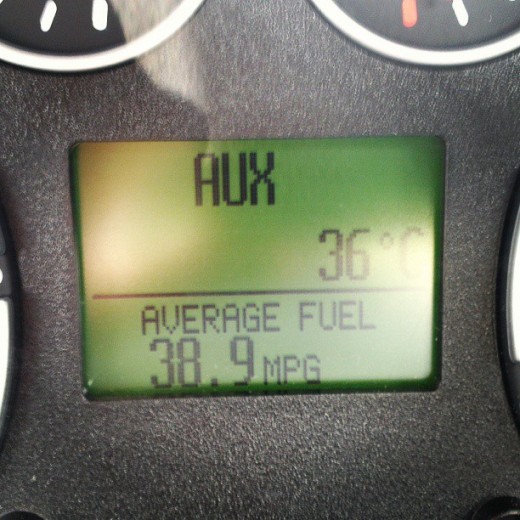
Easy on the Brakes
Often when driving you will see people hurtling up to traffic lights and then braking heavily. This is hugely inefficient, you want to be braking as little as possible for the best fuel economy. The reason for this is that when you brake the kinetic energy that your engine has worked hard to achieve is simply just being turned into heat/thermal energy and dissipated into the surroundings.
The best technique for fuel economy is to:
- Lift of the accelerator/throttle early and let the car slow down under friction, this way you have stopped using fuel the moment you took your foot off the throttle (way before you would have braked thus were using fuel for less distance) and as you are slowing down the engine is not providing any force and thus needs no fuel. You should not do this however to the extent of endangering/annoying other road users by slowing down far too early, use with discretion.
Keep your RPM low
An engine is most efficient at low rpm, this is because there are less stokes of the engine per second and thus fuel needs to be injected into the cylinders less times per second, meaning less fuel is used. This is one of the reasons why diesel engines are more efficient than petrol because they have the torque to run at these low rpms. So when you are driving down a long straight road try to aim to get the car to be almost idling (if you can without having to use the throttle to do so) as this means the engine is effectively just ticking over. Lots of lower powered cars won't be able to do this as they won't have the torque/gearing to do 60mph at tickover, for these cars apply the same theory however just not to the same extremes.
Why do flat tyres cause drag?
You are often told that if your tyres are flat it will decrease your fuel efficiency, however why is this?
- If your tyres are flat they will flex more at the base of the tyre on the ground as the car rolls along. This means that some of the forward kinetic energy of the car is being transferred into kinetic energy in the tyre to bend the tyre. This means the engine has to supply more energy to overcome this force of bending the tyre, thus needing more fuel
- As the tyre flexes the kinetic energy is transfered into heat energy: You can investigate this if you quickly extend an elastic band you can feel a small change in temperature if you press it against your lip as you extend the band. This heat energy is dissipated into the surrounding road and air.
What fuel economy does your car achieve?
Conclusion
Getting the best fuel economy often seems like a black art, however in reality is is just simple physics dictating how much energy you need and where that energy is going (you want the maximum amount going into your forward motion). I hope you have found this article useful in helping you understand why certain techniques make your car more economical.

